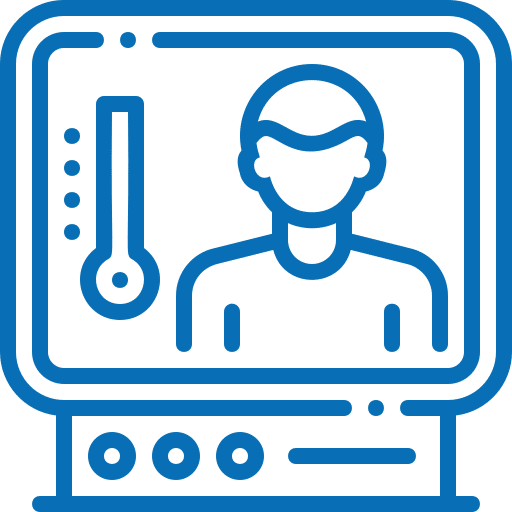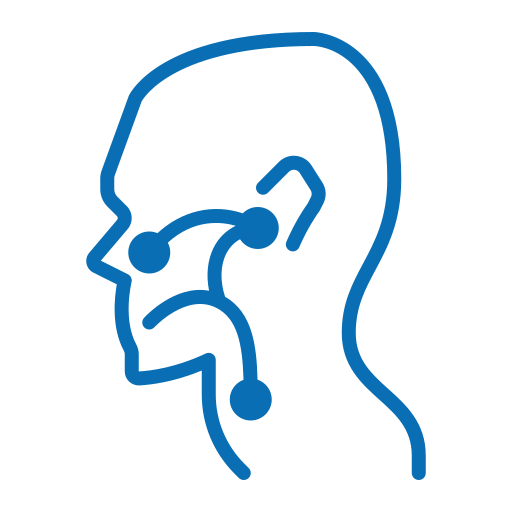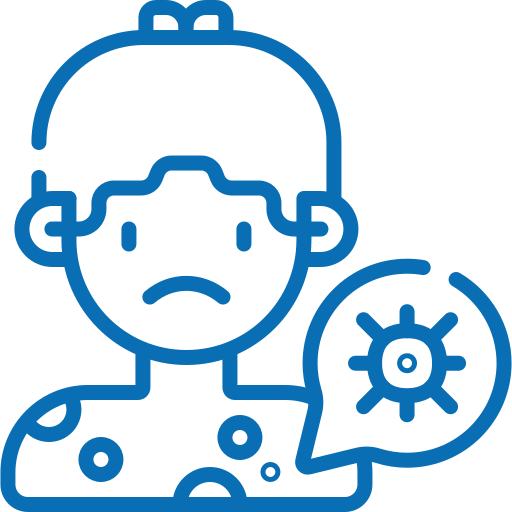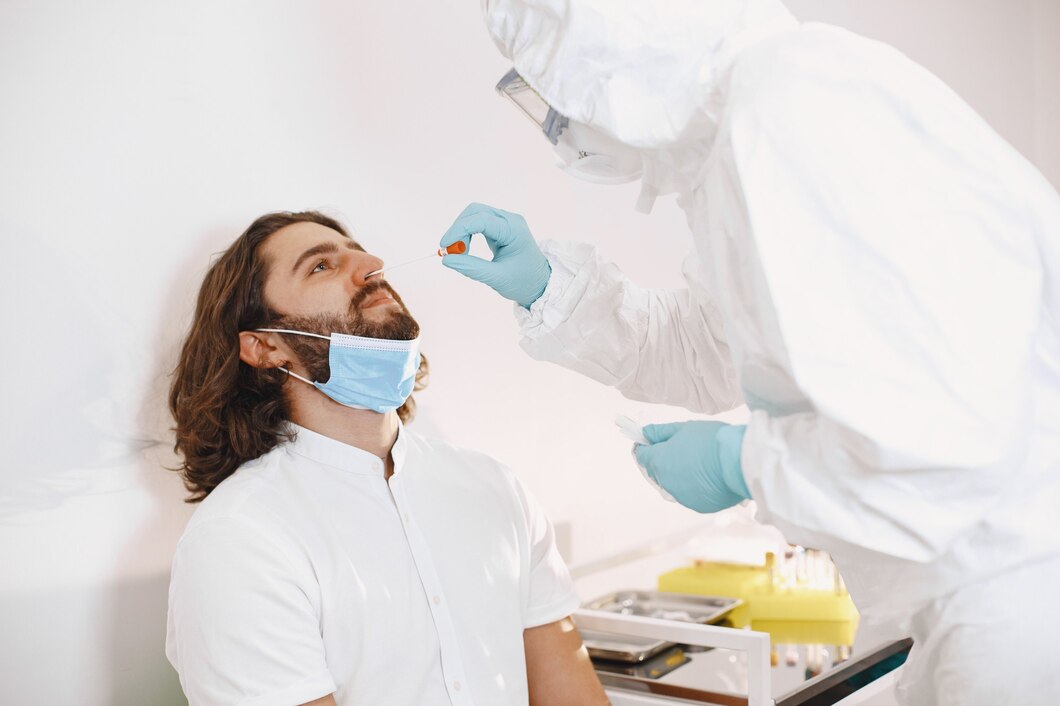In the present fast moving and competitive world, workplace health can easily be overlooked. However, occupational medicine is very important in ensuring the well being of workers and improving productivity. This blog post will explore why occupational medicine matters, its advantages and how it leads to healthier workplaces.
Introduction
If you thought otherwise about workplace health, think again. Healthy employees are happier, more productive and generally take a few sick days. Occupational medicine is a field that seeks to maintain and improve worker’s health conditions. This blog post will walk you through the basics of occupational medicine, its benefits as well as practical tips on how one can implement it in their establishment.
What is Occupational Medicine?
Occupational medicine refers to a specialized area of medical practice that concentrates on prevention, diagnosis and treatment of diseases or injuries occurring at workplaces. It aims at creating a safe working environment with healthy workers. The specialty deals with various aspects of employee welfare including physical fitness, mental health status as well as social wellbeing.
The Scope of Occupational Medicine
This branch encompasses all activities done towards protecting or promoting worker’s health ranging from:
Carrying out pre-employment medical examinations
Administering vaccines/ immunizations
Treating injuries and illnesses originating from places of work
Providing advice on ergonomic evaluation
Occupational physicians help employers identify hazards that exist within their premises while also providing information on what should be done to reduce risks posed by such hazards (Kriebel et al., 2004). In addition they also train the employees on ways to promote safety in the workplace.
Key Professionals in Occupational Medicine
The team involved in occupational medicine includes:
Occupational physicians,
Occupational health nurses,
Industrial hygienists,
Ergonomics personnel,
Safety managers,
These experts design comprehensive programs for both staff members’ well-being and security which suit every employer’s needs.
Benefits Of Occupational Medicine
Successful implementation of occupational medicine within the organization comes along with several merits for both workers and employers. Below are some of them:
Enhanced Health And Safety For Employees
By improving people’s safety at work, Occupational Medicine works to decrease health risks in the workplace. This leads to a healthy workforce and lesser incidents related to work.
Increased Productivity and Performance
When employees are healthy they can work harder and perform better. Occupational medicine contributes to better efficiency resulting from improved health conditions at workplaces.
Reduced Absenteeism And Turnover
Healthy employees tend to feel less sick or leave jobs. Occupational Medicine reduces absenteeism and turnover thereby creating a more engaged, steady workforce.
Preventing Injuries and Illnesses in the Workplace
Focus on occupational medicine is usually prevention of injuries as well as illnesses that occur in hazardous environments. The following are some of the approaches that can be used:
Risk Assessment
Risk assessments help identify potential hazards in the workplace. Occupational medicine professionals work with employers to evaluate risks and develop plans to mitigate them.
Safety Programs Delivery
Accidents have been known to always be prevented through safe protocols employed at a particular place of work. These might include instructions on how equipment should be handled, lifting techniques that do not hurt one’s back, or emergency reaction when the need arises.
Provision Of Personal Protective Equipment (PPE)
Workers’ lives could be saved if all companies ensured no staff member gets into their working environment without personal protective equipment (PPE). Such PPEs are inclusive of but not limited to helmets, gloves, goggles or masks.
The Role of Ergonomics in Occupational Medicine
Ergonomics denotes the science of designing and creating workstations that are customized to meet employees’ needs thereby preventing musculoskeletal disorders, as well as enhancing comfort and productivity
Assessing Workstations
These evaluations seek to establish whether the design of workstations is convenient and safe for users. They may entail modifying desk height, chair adjustments, and computer position.
Promoting Proper Posture
Preventing musculoskeletal disorders requires good posture. Employees are trained on proper sitting postures by occupational medicine professionals as well as giving advice on ergonomic seating and workstation setup.
Implementing Ergonomic Tools and Equipment
Adjustable chairs, keyboard trays, footrests among others can be used as examples of ergonomic tools or equipment that can reduce strain while increasing the level of comfortability in a worker’s area.
Addressing Mental Health in the Workplace
Mental health is an integral part of general well-being. Occupational medical practitioners appreciate mental health issues in workplaces offering suggestions on how to cope with such situations at work places.
Providing Mental Health Resources
Some resources for mental health that employers provide include counseling services, stress management programs, employee assistance programs (EAPs), etc.
Promoting a Positive Work Environment
Positive working environments significantly affect mental health. In association with employers occupational mediators are ensuring that they promote a positive working culture characterized by inclusivity for all workers.
Encouraging Work-Life Balance
In this case if you happen to have flexible working hours then you have great chances to have your mind set balanced between work life balance. Employers can ensure their staff achieve this by organizing alternatives, letting them take breaks or leave days off regular duties besides allowing remote work.
The Importance of Vaccinations and Immunizations
To prevent infectious diseases from spreading through workplaces vaccinations should be undertaken regularly.
Offering On-Site Vaccination Clinics
Organizing vaccinations within offices could facilitate convenient access to immunization for employees. Occupational medicine professionals can arrange these clinics for flu, COVID-19 and other diseases.
Educating Employees on Vaccination Benefits
Educating workers about the benefits of vaccination has a significant impact on rates of vaccination acceptance. Such medical personnel will explain why it is important to get vaccinated and answer all questions raised by staff members.
Monitoring Immunization Status
Maintaining up-to-date information about immunizations among employees ensures that their records are kept current in record time. This is usually helpful in preventing outbreaks and ensuring the health of everyone at work.
Managing Chronic Conditions in the Workplace
Conditions such as diabetes, hypertension, and asthma have an impact on workers’ health and performance levels. Occupational medicine provides strategies for effectively managing chronic conditions.
Providing Health Screenings
Conducting regular health screenings helps to identify chronic diseases early enough before they become severe or complicated. The occupational medicine service providers conduct screening tests and give out guidelines applicable to each case that comes their way regarding such situations.
Offering Disease Management Programs
Assisting patients suffering from lifelong diseases with certain therapies like medication control, gymming lessons among others form part of the programs they represent while others may incorporate medication adherence counseling sessions with quarterly check-ups at the hospitals.
Creating a Supportive Work Environment
This environment entails a number of services that the employer may offer, like modified duties or flexible hours, depending on what will take care and support employee’s needs in relation to their health condition with chronic illness management issues. The Impact of Occupational Medicine on Employee Morale
Workplace mental condition does determine how motivated employees are when working. Occupational medicine therefore has a role of boosting morale at the workplace through promoting safety as well as good working conditions.
Building Trust and Confidence
The feeling by any worker that his/her employer actually values her/his well-being creates room for trust building as well as confidence development especially towards occupational medicine which does promote caring behavior within the organization.
Recognizing and Rewarding Healthy Behaviors
By acknowledging healthy behaviors, employees are encouraged to focus on their personal wellbeing. Some of these incentives may include issues like wellness challenges as well as health related rewards which are usually given by employers.
Building a sense of community in the workplace can boost employee morale. Wellness programs and team-building activities are organized by occupational medicine professionals to develop comradeship and reinforce worker assistance.
How Employers Can Support Occupational Medicine
Employers have a critical role in the success of occupational medicine programs. Below are ways employers can support these initiatives:
Investing in Occupational Medicine Services
By investing in occupational medicine services, e.g., Absolute Urgent Care, an employer shows commitment to the well-being of employees. They may combine with providers of occupational medicine so as to comprehensively tackle health issues.
Encouraging Employee Participation
If employee participation in such programs is not encouraged, they arguably stand no chance of succeeding. Companies could employ internal communication strategies including incentives for promoting such.
Providing Adequate Resources
Adequate resources (funding and staffing) make sure that occupational medicine programmes work effectively. Employers could allocate the necessary funding towards promoting health safety efforts.
The Future of Occupational Medicine
This field is ever changing; some future trends shaping it include:
Advances in Technology
Occupational medicine has been transformed by technological advancements like telemedicine and wearable devices. Some innovations enable remote disease monitoring and personalized care.
Focus on Mental Health
Mental health is becoming increasingly important within workplaces worldwide. Thus, the number one priority area for any medical unit focusing on occupation remains mental health therapy/ aid and material resources for employees..
Integration with Wellness Programs
When combined with wellness programs, occupational medicine presents a holistic framework for addressing workforce health concerns which involve both physical and mental aspects.
Workplace health cannot do without Occupational Medicine. Making such investment requires creating safer environments at work places, better employee wellness as well as positively impacting overall productivity.[All you need to| If you want to] Partner[ship] with a reputable provider like Absolute Urgent Care then your [can take their working conditions up which will lead to . The result will be] a healthier and more productive workforce.
For more information and resources on occupational medicine, explore our website and contact our team of experts. We’re here to support you every step of the way.





















